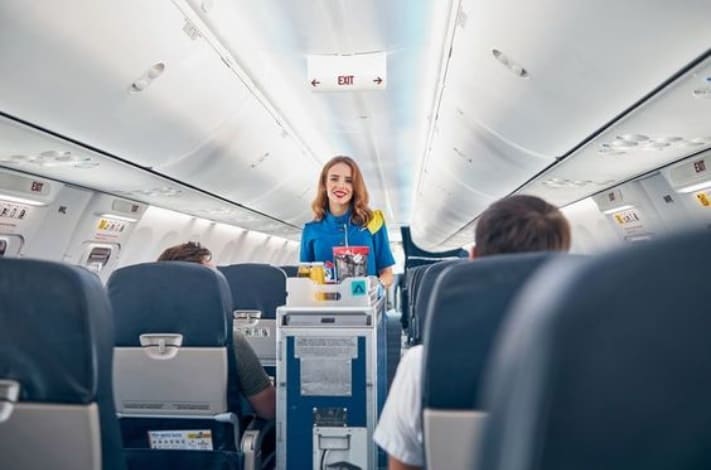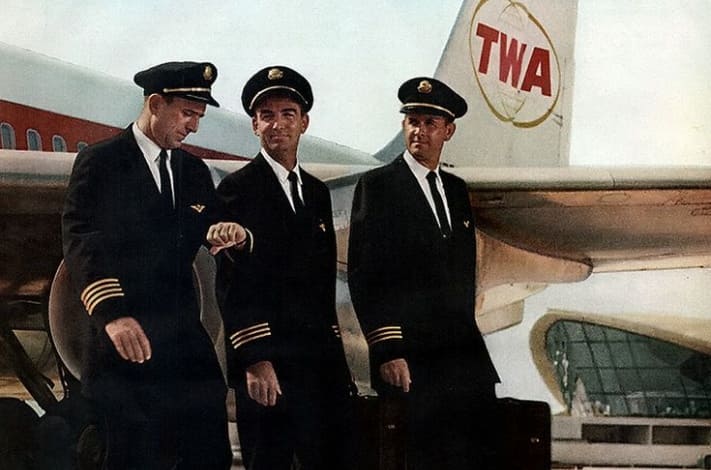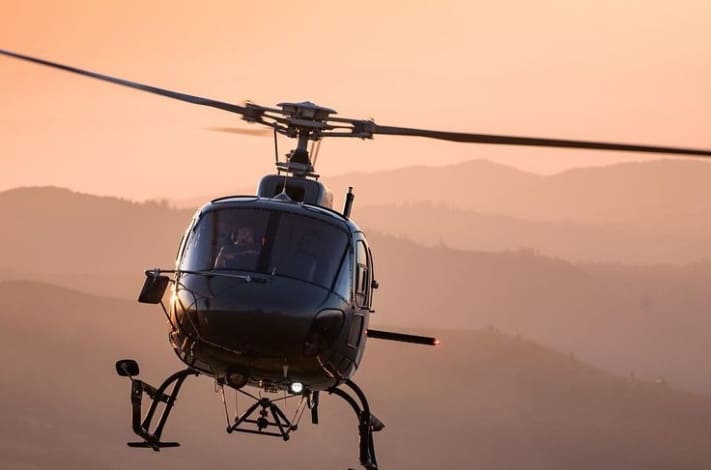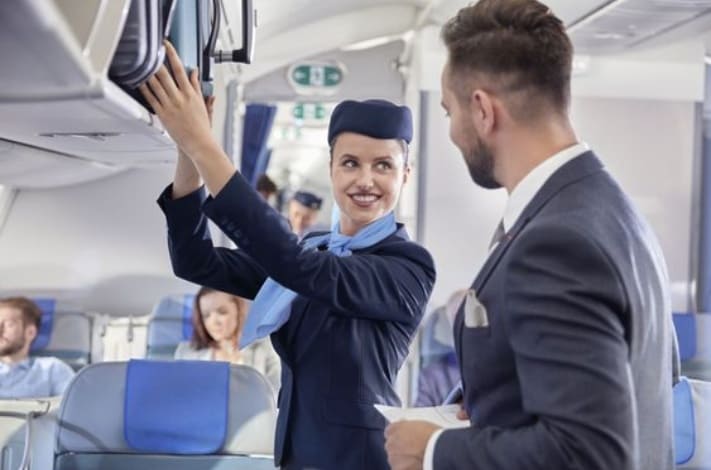Working as a flight attendant means putting a lot of hours on your feet. Not only are you constantly walking around the cabin and taking care of passenger needs, but you’re also dealing with constant changes in altitude. Both of these issues put a strain on your feet, causing you to deal with aches and pains long after you’ve reached the ground.
The good news is, that you don’t have to suffer from the condition known as flight attendant’s feet as long as you’re mindful of self-care and avoid doing things that make the pain worse. The following tips consist of actions you can take before, during, and after the flight to eliminate foot pain.
1. Invest in a Good Pair of Shoes
Group of flight attendants by Delta News Hub is licensed with CC BY 2.0 DEED
It’s a given that you need to buy a pair of shoes that are in line with your employer’s uniform requirements, but that doesn’t mean you have to pick ones that are uncomfortable. For starters, avoid shoes with squishy soles and little in the way of arch support as they can’t keep up with the physical demands of working a flight. Look for shoes that are designed for flight attendants in order to combine uniform-correct styles with the best foot comfort.
Shoes for flight attendants are semi-formal by design, which means they’re more structured than casual shoes. Make sure that the ones you buy are constructed from quality materials and feature a shank in the arch for the best support. These types of shoes are more costly, but they deliver in terms of support and their ability to prevent foot pain. 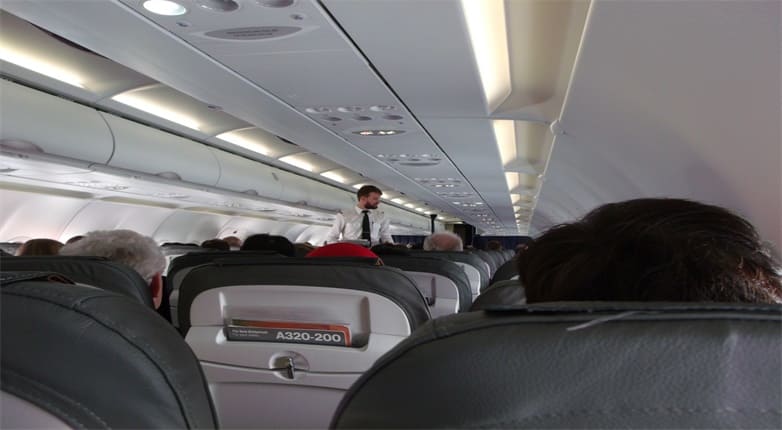
2. Switch Up Your Shoes
You may be tempted to wear the same pair of shoes time and again, especially if they’re comfortable. Instead of sticking with what works best, switch out to a different style every other flight or so. This prevents pressure points from building, gives your feet a change in support, and eliminates the potential to develop new issues.
Aim to buy three pairs of shoes in different styles and heel heights. This makes it easy to rotate, makes sure that you have flexibility in your uniform options, and lets you get the most out of each pair. You’ll also find your shoes last longer, helping you save money over time.
3. Move Around During the Flight
One of the causes of flight attendant’s feet is a lack of circulation. Sitting for long periods of time or standing without moving reduces the blood flow to your feet and causes pain. When you find yourself doing either of these things for a period of time, get up and move around the cabin when possible. If you can’t move around for any reason, wiggle and shake your feet, do leg exercises, and do anything you can think of to stimulate blood flow.
4. Don’t Cross Your Legs When Sitting Down
Keep your feet flat on the floor as the flight takes off and lands, and avoid crossing them during the flight. The act of crossing your legs restricts your blood flow, and you need full circulation to your feet as this helps reduce foot-leg pain. If you happen to feel an urge to cross your legs for relief, make sure you keep the action brief.
5. Soak Your Feet After Your Shifts
Soaking your feet has the effect of stimulating your body to improve the blood flow to your feet. This results in improved oxygenation and delivery of nutrients that aid in healing.
If you’re able to tolerate it, rotating hot and cold water baths helps reduce inflammation better than using a single temperature. In the event you’re unable to tolerate a cool or cold bath, add Epsom salts to hot water. Epsom salts contain magnesium which is absorbed through the skin and directly reaches the source of your pain. This results in rapid pain relief and stimulates healing. 
6. Wear Compression Hosiery
Compression hosiery comes in a variety of forms that include pantyhose and stockings. They’ll blend in nicely with your uniform while keeping your circulation performing at its best. Wearing compression garments helps overcome the effects of flying at higher altitudes and periods of inactivity when you can’t get up and move around. They can also help prevent the formation of varicose veins.
7. Take Supplements to Improve Circulation
Various supplements (note to get links) help boost your circulatory system and can help overcome one source of foot pain. The overall goal of better circulation is to prevent pain from becoming a chronic issue.
If you’re uncertain about using supplements for circulation, discuss the idea with your physician. They know the challenges that you face as a flight attendant and will advise you on the safety and effectiveness of the supplements you’re considering. Your physician can also give you recommendations for the prevention and resolution of foot pain.
8. Get Your Feet Massaged Regularly
Getting a foot massage may seem like decadence, but it’s actually highly beneficial for the health of your feet. The massage therapist uses their knowledge of the anatomy of the foot to seek out areas in need of work. That is, they manipulate the tissues of your feet in search of knots and tension, then work on releasing the tissues.
Not only does the massage therapist release tight tissues, their work encourages blood flow to your feet. A massage has long-lasting benefits that help your muscles and tendons stay loose for longer and start the healing process that reduces foot pain.
9. See a podiatrist for help
A podiatrist is a medical professional who is an expert in all things to do with the feet. They understand how certain jobs put a lot of stress on the feet and can help you get relief from foot pain. The solutions they provide make it easier for you to get the right shoes, sole inserts, and other aids that support your feet as well as your legs and hips.
10. Know Your Feet
Understanding the shape of your feet and the height of your arch goes a long way towards getting shoes and orthotics that provide the right support and prevent a case of flight attendant feet. Feet with high arches are more comfortable in shoes with heels, while low arches get along well with a low heel. If the ball of your foot is wide, you want a shoe with a wide toe box to accommodate that width.
The role of a flight attendant is an exciting career that gives you opportunities to see the world and interact with people from all walks of life. It’s also one that puts demands on your feet that cause the condition known as flight attendant’s feet. The tips above will help you reduce the problem and/or prevent it from becoming an issue that’s hard to resolve.
